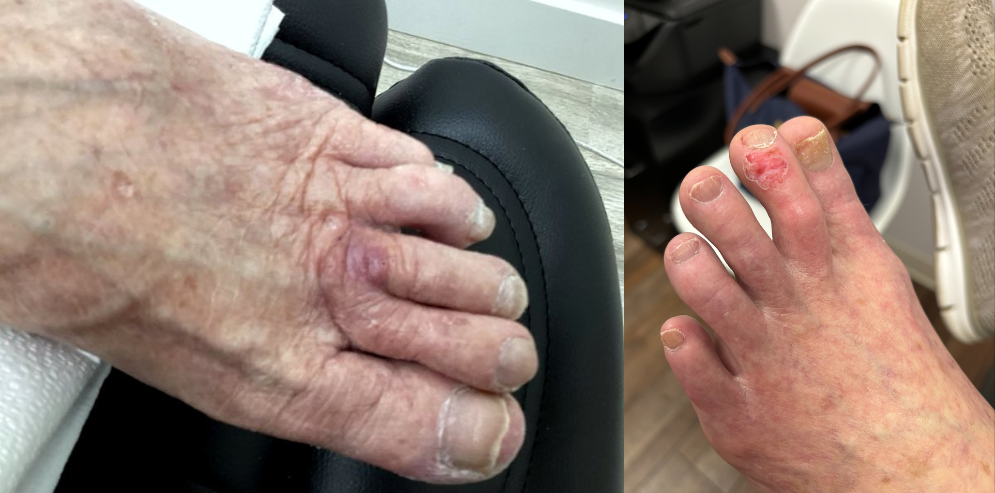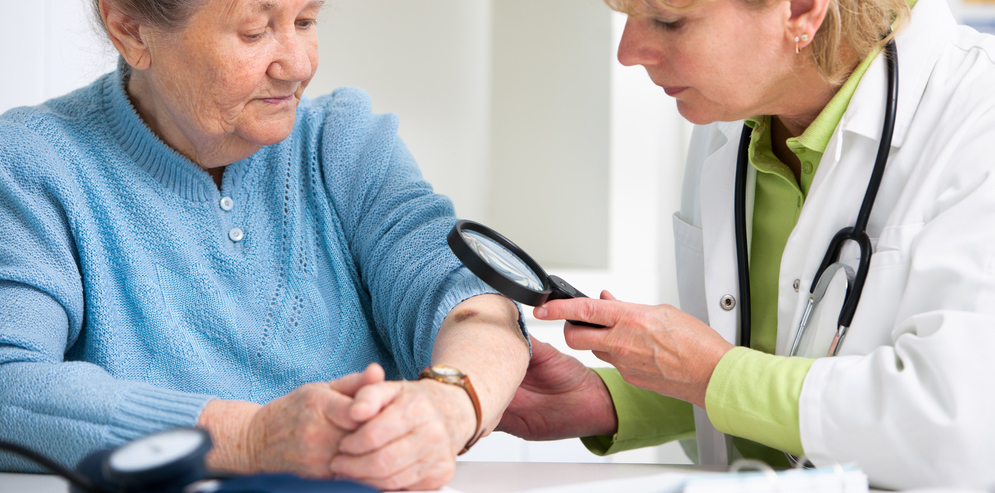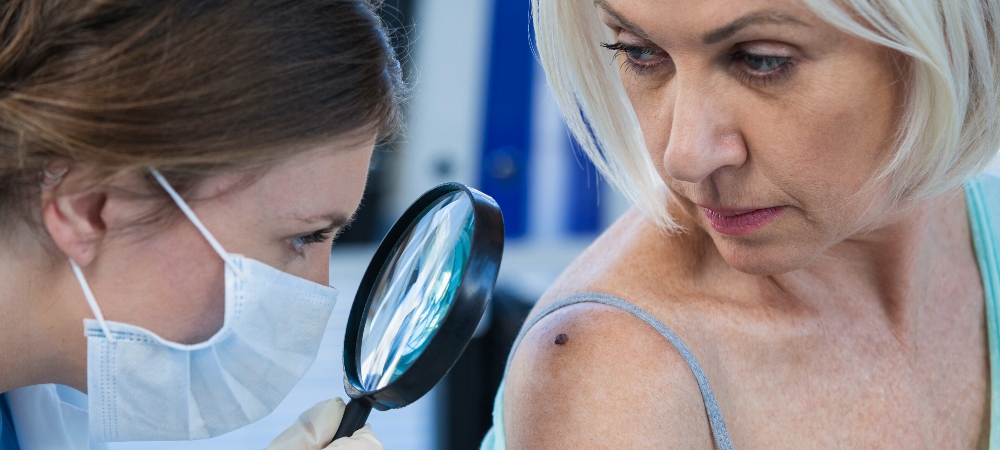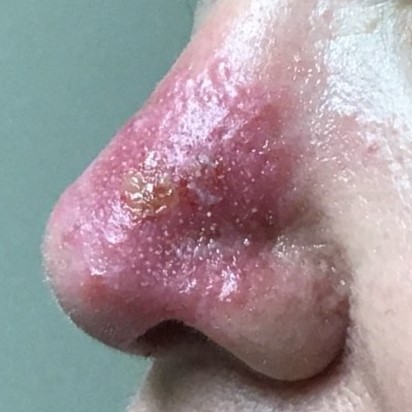
The National Weather Association provides a UV Index forecast for most of the regions across the United States. Simply input your zip code, and you can view the hourly and daily UV Index forecast for your area. In addition to the UV Index scale, you can also reference UV Index maps, which show the different levels of radiation by location in a color-coded format. Below, we delve into greater detail about the UV Index scale and how to read a UV Index map.
UV Index Map Explained
If you want to view the UV Index map for the United States, go to the UV Index on EPA.gov. There, you’ll see UV Index maps for the whole country over the course of 1-4 days. The map shows the predicted UV Index values during the solar noon hour for each day. Below the map, you’ll find the UV Index map key; these values are based on the UV Index scale and each number corresponds to a different color. The higher the number, the greater the UV radiation.
UV Radiation by Region
On a UV Index map of the U.S. during solar noon, southern states are usually shaded in colors like pink, red, and orange. Northern states are usually shaded in light orange, yellow, light green, dark green, and blue. These colors on the map key correlate to higher UV radiation exposure in the southern regions vs. lower UV radiation exposure in the northern regions.
If you were to look at a world UV Index map, you would notice higher levels of UV radiation in regions that are consistently warmer, such as the regions around the equator. The UV Index Scale is 1-11+, and in countries that are close to the equator, it’s not uncommon for the UV radiation level to be as high as 20.
At or near the equator, the sun’s rays have a shorter distance to travel to Earth. Less radiation is absorbed by the atmosphere, which contains ozone — a natural sunblock for Earth. This means that countries near the equator experience higher levels of UV radiation. Countries like Australia, New Zealand, Peru, Bolivia, Chile, and Argentina have some of the highest UV levels in the world.
UV Radiation Q&As
What’s the UV radiation by state?
The UV Index provides a forecast for each state. The forecast map shows each state’s UV Index values during the solar noon hour for up to four days.
Which state has the highest UV rays?
Southern states, California, and Hawaii are closest to the equator and usually have higher UV Index ratings compared to other states.
Is UV higher in the north?
No, UV radiation is at its strongest at the equator, but decreases the further north or south from the equator you travel. Northern U.S. states, for example, have lower UV Index ratings than southern states, because they’re further from the equator.
Is UV higher in the mountains?
Yes, UV levels are often higher at higher altitudes, because the surrounding atmosphere is thinner than locations that are closer to sea level. There is less ozone protection at higher elevations. In fact, according to the American Cancer Society, states like Utah and Colorado tend to have a high UV Index rating compared to other states, because they have a higher altitude.
UV Index Scale
Again, the UV Index scale is 1-11+. So, what does the UV Index rating mean for your area on any given day? Here’s a breakdown of the UV Index scale, and how you can better protect your skin from harmful exposure:
- 0-2 is Low: You can safely enjoy being outdoors. (Sunscreen is always recommended for when you’re outside.)
- 3-7 is Moderate to High: Wear sunscreen and seek shade during midday. Protective clothing is also recommended, such as a wide-brimmed hat and sunglasses.
- 8-11+ is Very High to Extreme: Generously apply sunscreen and take extra precautions. Wear protective clothing, and avoid being outdoors during midday.
Do you want to look more closely at the UV levels for your area at solar noon? Enter your zip code into the EPA UV Index tool to the right and click the green magnifying glass. You’ll be taken to a page that covers the hourly and daily UV Index forecast for your area so that you can plan your outdoor activities accordingly.
Pay Attention to Your Shadow
There’s an easy way to get a feel for how much UV radiation exposure you’re getting: look at your shadow. Generally, if your shadow is taller than you (which is common in the early morning and late afternoon), UV exposure is lower. On the other hand, if your shadow is shorter than you (around midday), UV exposure is higher and you should protect yourself. This method doesn’t give you an exact measurement of UV radiation like the UV Index scale, but it’s a good way to gauge your surroundings when you’re outdoors.
Learn More from GentleCure
Checking the UV Index daily and taking the necessary precautions before leaving your home is a good way to help lower the risk of developing skin cancer, as well as sunburn and premature aging. If you have any questions for our skin cancer information specialists about prevention and treatment, contact us to learn more.








